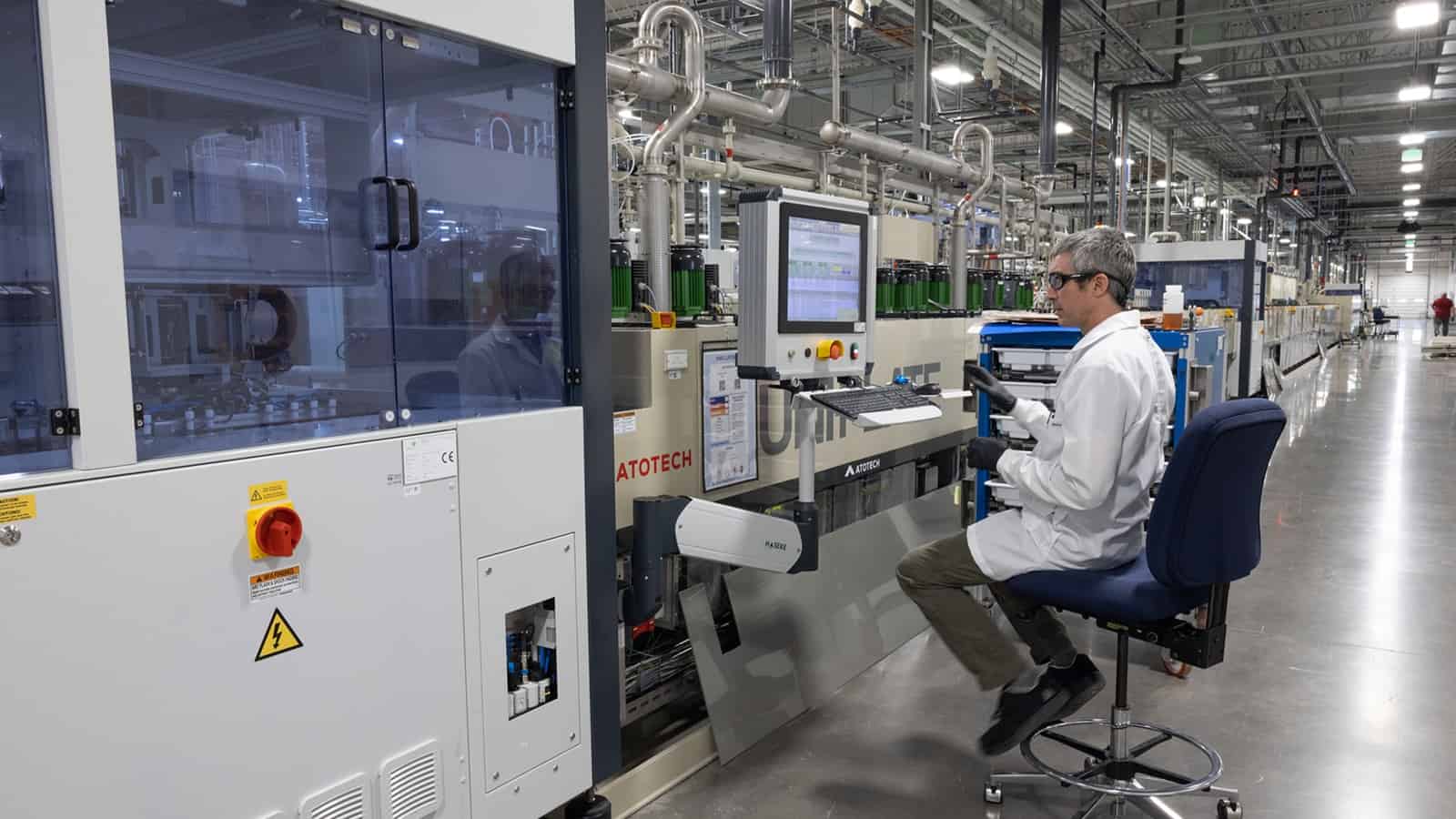A Homegrown Solution: Schweitzer Engineering Laboratories Makes Printed Circuit Boards

With one of its key components—printed circuit boards—in short supply, Schweitzer Engineering Laboratories chose the proactive solution: it would begin making them itself. Now that its new factory is up and running, SEL is receiving unexpectedly keen interest from other companies, and considering ramping up production for outside sales.
Fixing a supply chain problem: The Pullman, Washington–based electric power system protection solution manufacturer began manufacturing PCBs at its new $100 million, 162,000-square-foot factory in Moscow, Idaho, back in March.
- “Printed circuit boards take electronic components and interconnect them so they can interact with each other,” SEL CEO David Whitehead said. “Without them, you can forget about AI, forget about your cell phones—they’re in just about any electronic device.”
- The Moscow factory is running at about 25% capacity. When it reaches full production later this year, it will be one of the top PCB manufacturers in the U.S., according to Whitehead.
Domestic and accessible: The PCB “is a critical component that goes into our devices,” Whitehead continued. “Now, instead of sourcing PCBs from around the U.S., we can produce them ourselves.”
- The Moscow facility—which only produces the circuit boards for SEL—has increased the company’s supply chain resiliency and sped up its output, Whitehead told us. “Now, in a handful of days after designing a printed circuit board for a product, our engineers are in their labs testing it. It’s a big win for us.”
- Nearly half of manufacturers in the U.S.—44.9%—cite supply chain hurdles as one of their top business challenges, according to the NAM’s Q2 2023 Manufacturers’ Outlook Survey.
Self-funded and viable: SEL funded 100% of the facility’s construction costs, and it will have paid for itself in two to three years, Whitehead said.
- “I think that’s really a big deal for not only taxpayers but the local community generally,” he said. State and local governments “can take the funds [they didn’t use on us] and invest” elsewhere.
A good neighbor: The Moscow plant—which features a fume scrubber system that exceeds Environmental Protection Agency standards for volatile organic compounds—also uses a “zero-liquid discharge water treatment system that recycles and reuses all the water used to manufacture the printed circuit boards,” Whitehead said.
- A comparable factory would use about 90,000 gallons of water each day of production, while SEL uses about 500 to 600 gallons—the equivalent of only a few households’ daily usage, according to Whitehead. Most of that is for worker needs (drinking water and restrooms).
- The company also reclaims and reuses metals, such as tin, silver and gold, that are used in the production process.
- “We are very environmentally conscious about how we produce these boards,” Whitehead said.
What’s next? Since the facility began production, SEL has gotten numerous inquiries from other manufacturers interested in buying the PCBs. The company is likely to oblige them soon.
- “This is our next opportunity,” Whitehead said of producing boards for other manufacturers. “We love being vertically integrated, building as much as we can close to where we’re going to use the products. … As we get better at it for our own consumption, I can see us expanding it.”
